You probably are not surprised to learn that non-organic or conventional produce has high levels of toxins caused by a wide variety of pesticides and the types and levels vary with each produce.
Each year, the USDA Department, Environmental Working Group (EWG), releases the results of research that is done on fruits and vegetables that have been laboratory tested by the USDA and FDA.
The EWG analyzes each fruit and vegetable chosen for the research based on six separate measurements of contamination in order to derive an overall score for each one.
Once a number of pesticides is identified in the produce, each produce item below is listed by their level of contaminants with the most contaminated produce highest on the list.
The EWG then releases this list to consumers which they call, “The Dirty Dozen and Clean 15: Most and Least Pesticide-Contaminated Fruits and Vegetables.”
EWG’s Dirty Dozen List (Buy These Organic)
This is the list of the most contaminated fruits and vegetables per the EWG study for 2016.
1.) Strawberries
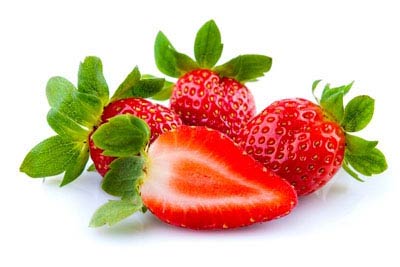
2.) Spinach
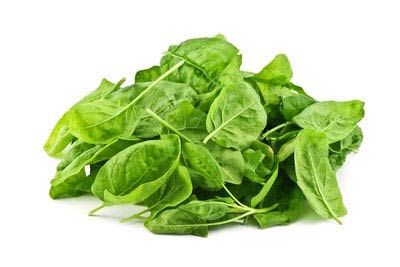
3.) Nectarines
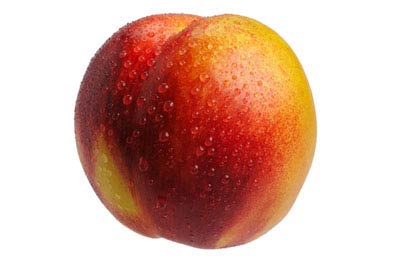
4.) Apples
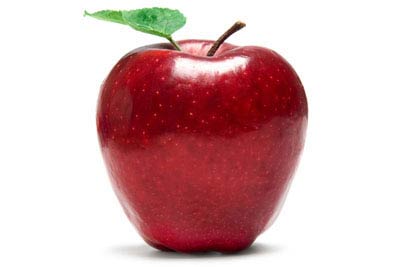
5.) Peaches
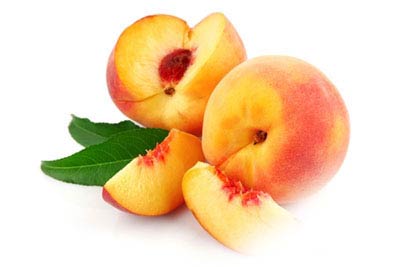
7.) Cherries

8.) Grapes
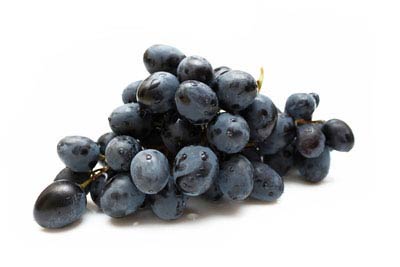
9.) Celery
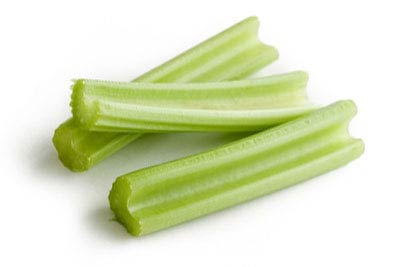
10.) Tomatoes
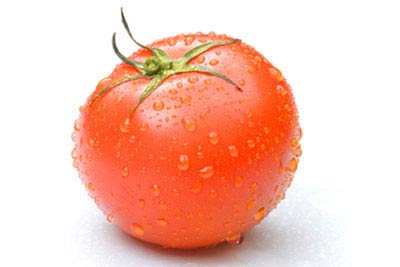
12.) Potatoes
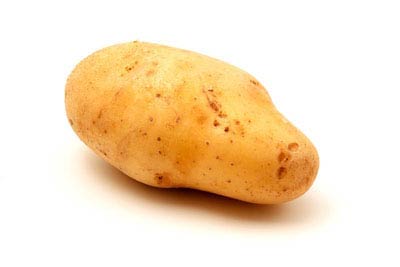
It is strongly suggested that you buy these twelves fruits and vegetables in their organic form to avoid the high level of pesticides that they have been scientifically proven to have in them.
EWG’s Clean 15 List (Buy These Conventional)
By contrast, the list of fruits and vegetables that have the least amount of pesticides in them according to the EWG testing from 2015 are as follows:
1.) Sweet Corn

2.) Avocados
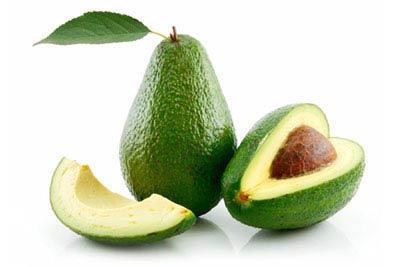
3.) Pineapples
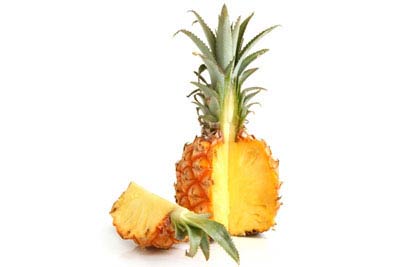
4.) Cabbage
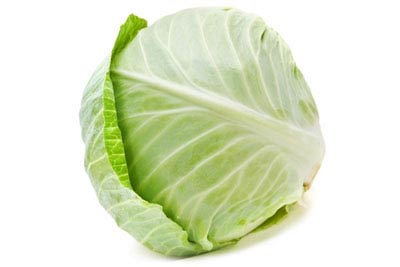
5.) Onions
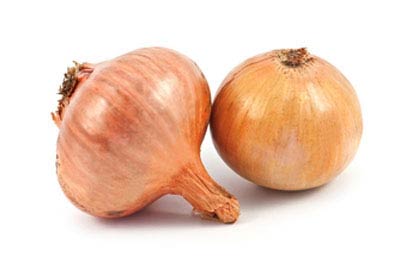
6.) Sweet Peas Frozen
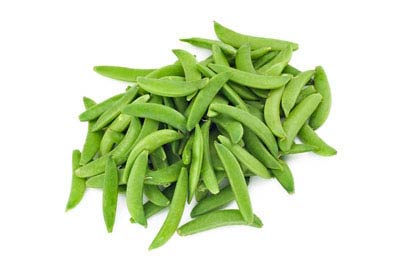
7.) Papayas*
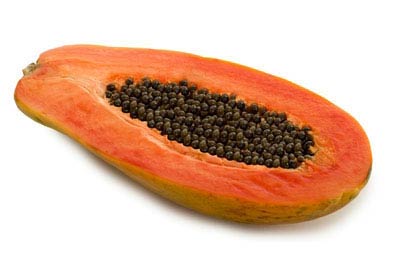
8.) Asparagus
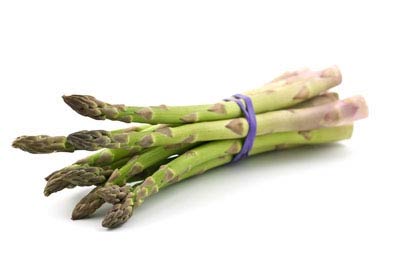
9.) Mangos
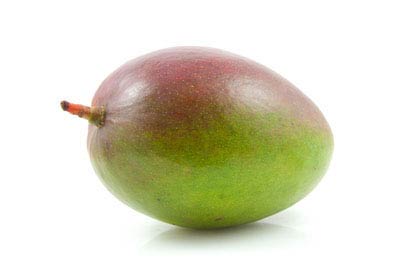
10) Eggplant
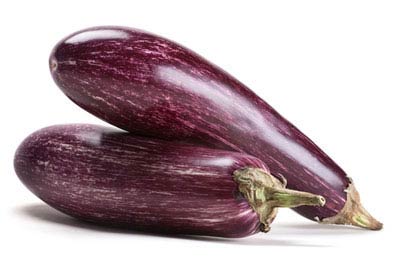
11.) Honeydew Melon

12.) Kiwi
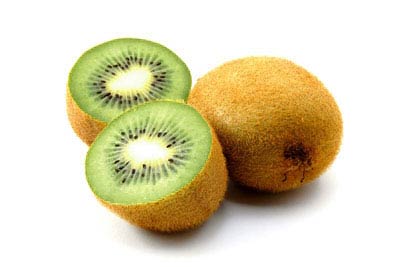
13.) Cantaloupe
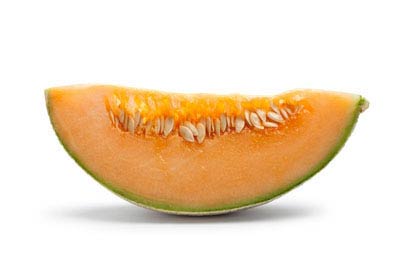
14.) Cauliflower
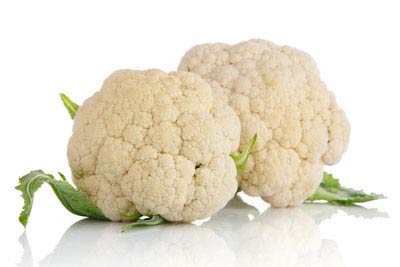
15.) Grapefruit
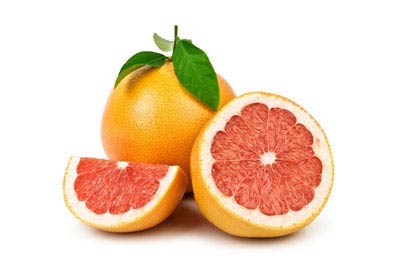
You can safely buy these 15 fruits and vegetables in a non-organic form without worrying about unhealthy and dangerous levels of pesticides being in them.
The Leniency of U.S. Pesticide Standards
The majority of samples were within allowable pesticide residue limits. An example of this is out of all the strawberries that were tested, only five individual strawberries were above the acceptable level for pesticide residue according to the U.S. Environmental Protection Agency, (EPA).
Even though organizations such as the EWG makes consumers aware of levels of pesticides in their fruits and vegetables, the standard that is allowed by the EWG still does not guarantee even the fruits and vegetables that are identified as “clean” are actually safe.
Unfortunately, there are no actual limits under the law on how many different types of pesticides can be used in any foods. So, the actual effects that all of these chemical substances combined have on the human body are a mystery. As a consumer, you should be concerned since everyone, including your children, are eating these fruits and vegetables in varying doses for your entire life.
The EWG standard they use in their testing for the tolerance levels of pesticides also do not take in consideration research that was done very recently that resulted in proof that these same pesticides could very well be toxic even if they are ingested at lower levels. One study, the CHAMACOS Study, found that even very small amounts of pesticides can be a health hazard.
This study followed the activities of children up to the age of 12 years old that lived in Salinas Valley, California, which is known for its agricultural industry. They studied the effects that pesticides in the food they consumed had on their overall development.
They also took into account the food ingested by their mothers during pregnancy and at what levels they had been exposed to organophosphates which are connected to the following health issues:
- Low IQ in infants
- Attention deficit disorder
- Degraded neonatal reflexes
- Stunted pregnancy duration
- Diminished cognitive abilities
The Dilemma of Glyphosate
The chemical called glyphosate, which is the underlying component in the Roundup herbicide manufactured by Monsanto, is the most widely used chemical in the agricultural industry. But, you may never know exactly how much of this is in your food because the USDA doesn’t actually have a test for it.
The organizations Moms Across America and Sustainable Pulse got together and had a study done called the Detox Project, to analyze foods that are sprayed with Roundup which includes the glyphosate chemical.
The results of the study showed that if you are regularly consuming conventional, non-organic fruits and vegetables or foods that have been genetically engineered, then you are probably taking in much higher levels of glyphosate than are considered safe.
According to the Detox Project researchers people who suffer from chronic illness exhibit exceedingly higher levels of glyphosate in their system then people who consume organic food.
Eating Strawberries & Exposure to Pesticides
Take for example, strawberries. When the EWG analyzed 48 fruits and vegetables, strawberries were identified as the most contaminated fruit you could buy because of the high level of pesticide residue.
They actually were more contaminated than the ever-popular apples, which were at the top of the list last year, at a whopping 98% of all strawberry samples were found to have a minimum of one identifiable pesticide residue in them.
They are consistently one of the most popular fruits that you buy each year. Each American who buys strawberries will eat close to 8 lbs. of them annually.
According to information released by the EWG based on data from the USDA, strawberries that had been tested in the year 2009 and again in 2014 were found to have at least six separate types of pesticides in each sample. Compare this to under two pesticides per sample for all the other produce on the list.
Additionally, scientific data released by the state of California stated that almost 300 lbs. of pesticides had been sprayed on every acre of strawberry crops that were grown in that state in 2014. So, if you choose to consume strawberries, say in a smoothie in the morning or a mid-day snack, then make sure you are buying organic ones.
The Potential Affects of Cancer-Causing Pesticides on Strawberries
A study by the EWG showed that at least 40% of strawberries had the residue of no less than 10 pesticides on each sample. In fact, one sample has as much as 17 pesticides residues! There are some strawberry farmers that use at least 60 separate pesticides on their strawberry crops.
According to the EWG, the types of pesticides that are used specifically on strawberries are the following:
- An insecticide called Bifenthrin that is a known carcinogen according to regulators in the state of California.
- A fungicide called Carbendazim that is harmful to hormones in the body and has been banned for us in Europe.
- A toxic substance called Malathion that can damage the human nervous system and has also been identified as a cancerous-causing agent by the International Agency for Cancer Research.
You would be wise to consider organic strawberries whenever you buy them or even take the time to grow your own. They are a very easy fruit to grow and they will return each year on their own. It is also rewarding to grow your own food and think that you had a part in keeping yourself healthy.
Saying No to Pesticides – Eating Organic
The U.S. Centers for Disease Control and Prevention (CDC), released data that stated that at least 75% of people in the U.S. have a level of organophosphate pesticides in their urine that can be detected. Unless you are a farmer, you have the best chance of exposure to this toxin through your diet.
If you choose organic food whenever possible, it is considered the best way to rid yourself of pesticides. One of the largest studies ever done regarding organic food consumption found that if you most often consumed organic foods, you would be able to lower the levels of pesticide residue in your body by about 65% in comparison to people who did not consciously buy organic foods.
Another research study also concluded that there is a 180 times lower pesticide content in organic produce than non-organic.
Even so, it is a reality that to buy all organic produce is far most costlier than buying non-organic can sometimes be.
But you have to remember that eating vegetables, whether they are organic or not, is still better than not eating any at all. So, keep in mind that if you use the Dirty Dozen list as your guide and do the following:
- If you are someone who frequents farmers’ markets, then ask the farmer about how much pesticides they use to grow their produce.
- You are also able in some stores to find non-organic produce that has a low pesticide residue level depending upon who the producer of the fruit or vegetable is and what farm it comes from.
- You can also do some homework and find a farmer in your local area that has stopped using pesticides or use very few of them in their crops.
And finally, if you feel that your consumption of fruits and vegetables has resulted in you being exposed to a high level of toxins, then start eating fermented foods. For example, kimchi which is a cabbage popular in Asia is chocked full of lactic acid bacteria that forms during the fermentation process and will contribute to helping your system eliminate pesticides.
Was this article about pesticides helpful?
Help your family and friends stay safe when you SHARE this article on social media!


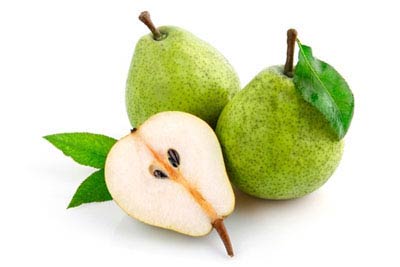

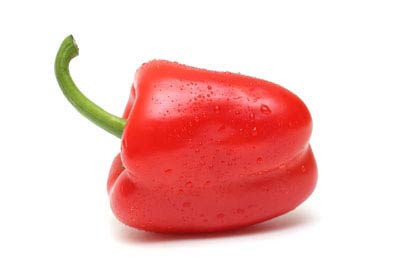
 Doctor’s Warn Parents About Hidden Dangers of Using Baby Wipes
Doctor’s Warn Parents About Hidden Dangers of Using Baby Wipes


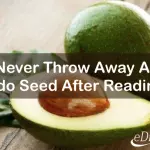
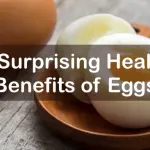 7 Surprising Health Benefits of Eggs
7 Surprising Health Benefits of Eggs




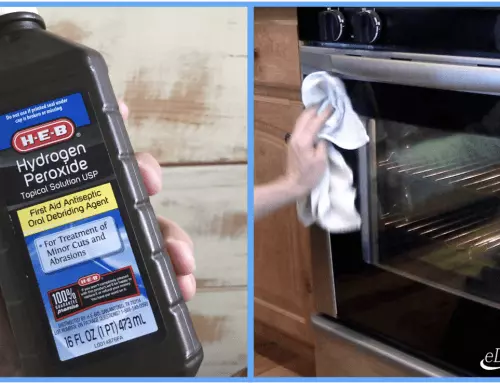


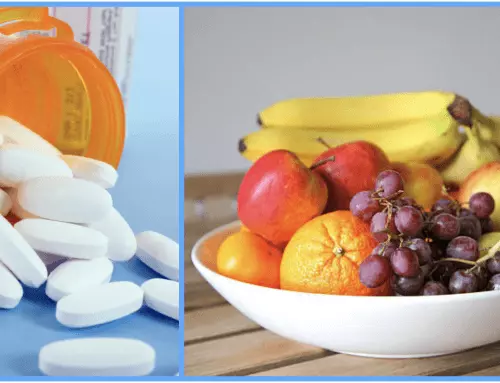

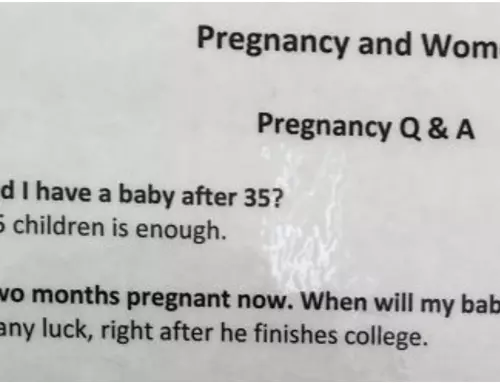
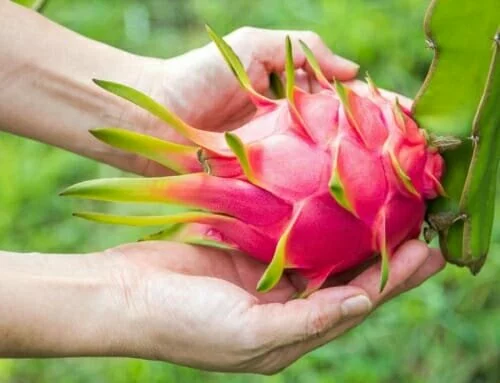


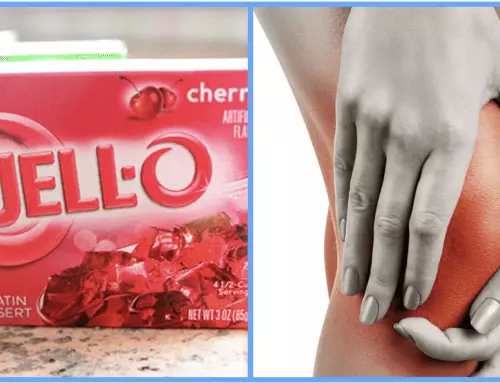
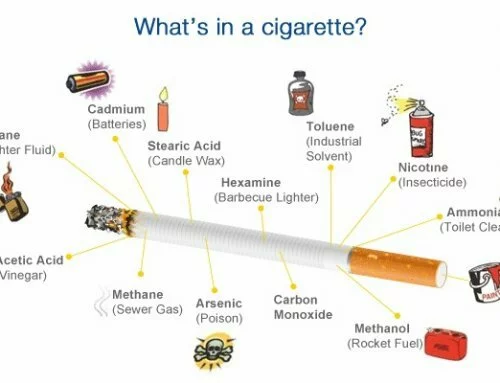
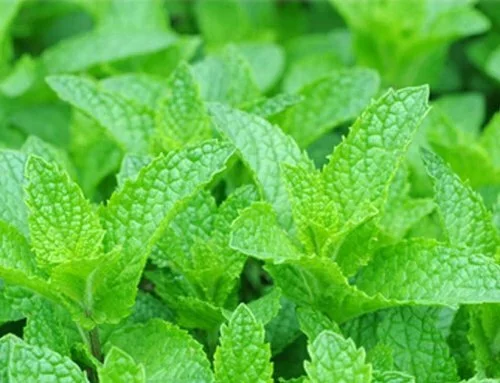






Leave a Reply
Be the First to Comment!